Superflex Squishy-tech Smart Clothing Restores Mobility To Aging Adults
NewsTech April 25, 2025 Damon Mitchell
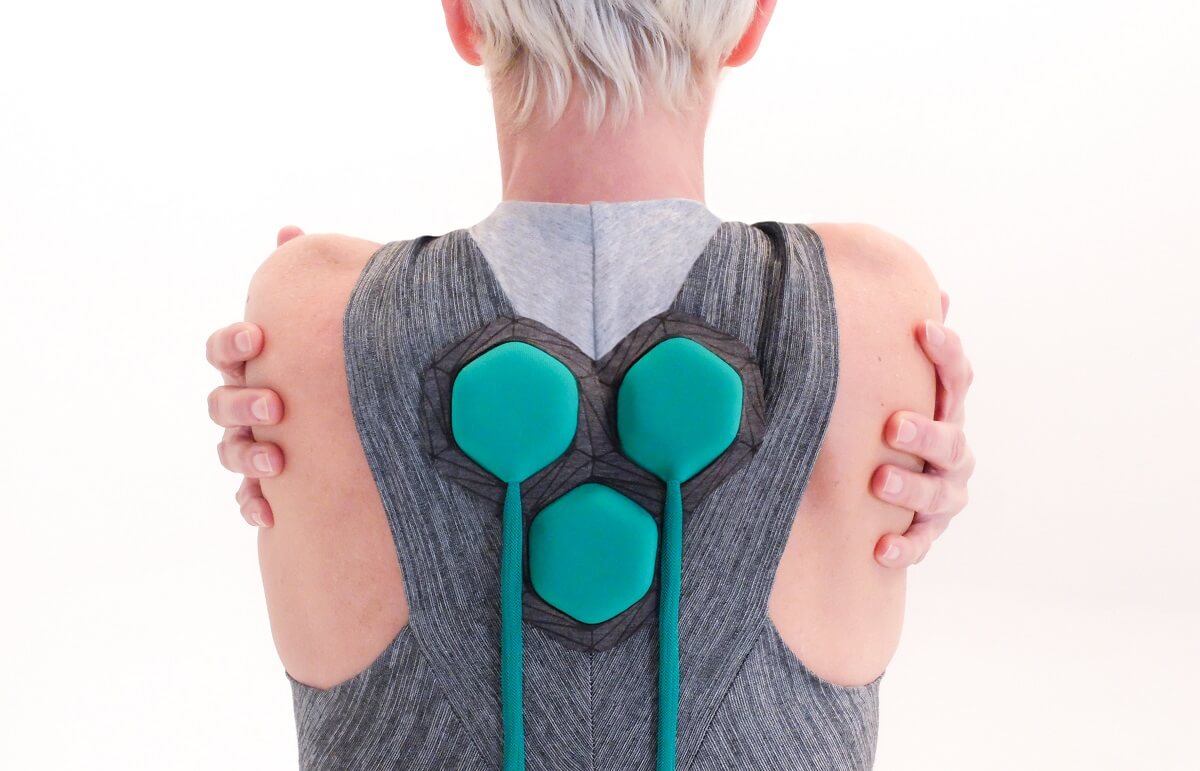
As much inspired by what not to do, the Superflex Aura smart clothing looks nothing like the other options for exoskeletons. That’s a good thing.
If you belong to the 99.9-repeating percentage of people who have no awareness of this technology, I can sum it up for you: modern exoskeletons are cool applications of robotics which make humans look like cyborgs.
Read: Exoskeletons Are Slowly Turning us Into Cyborgs
What Superflex asks is, is that necessary? Judging by their prototype, the answer is a resounding no.
Working with a designer who is no stranger to wearables, the exoskeleton they’ve created is not only beautiful, it will do a subtle job of granting freedom to aging adults… that is if it comes to market.
Design For Everyone
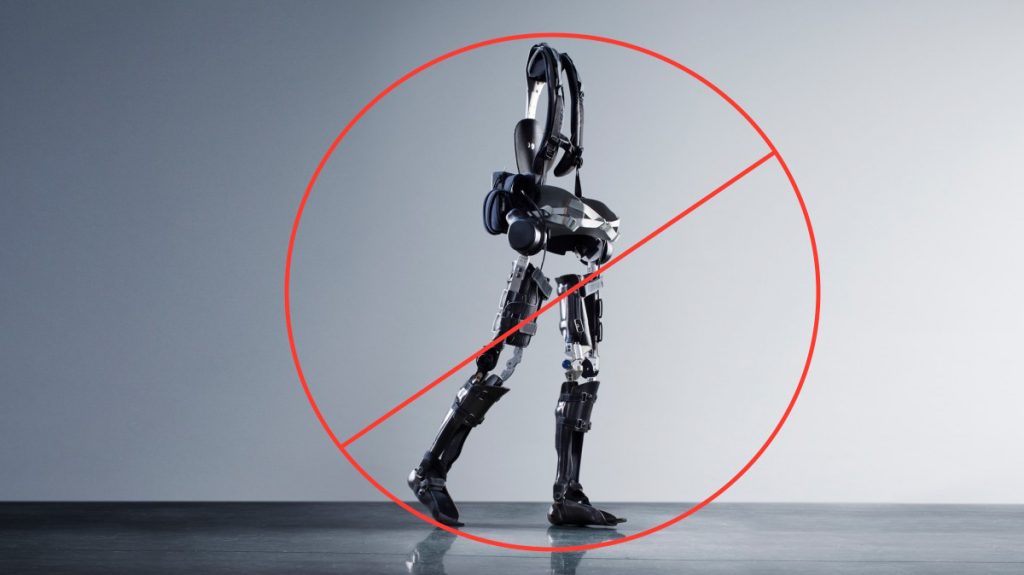
(source: technologyreview.com)
The problems plaguing current exoskeletons go beyond the expense of buying them. If you need a little help standing or lifting items, today’s exoskeletons are clunky even when designers make them streamlined.
The basic approach is the same every time. They build an off-the-skin framework, with hinges and actuators to match your natural movements. To combat this design norm, the Superflex team partnered with Yves Béhar, of Jawbone UP2 fame.
Okay, so he’s not famous outside of wearable design circles, but trust me: he’s someone.
Béhar took an otherwise functional but boring product from Jawbone then turned it into something sexier. Jawbone may be struggling today, but Béhar put them in the press back when they came out with the UP2.
Perhaps SRI, theR&D team behind Aura smart clothes, is hoping for the same effect.
Even if turquoise hexagons aren’t your style, I still think this design is more approachable than the exoskeleton pictured above. With Aura, you can wear normal clothes over the design.
Squishy-tech
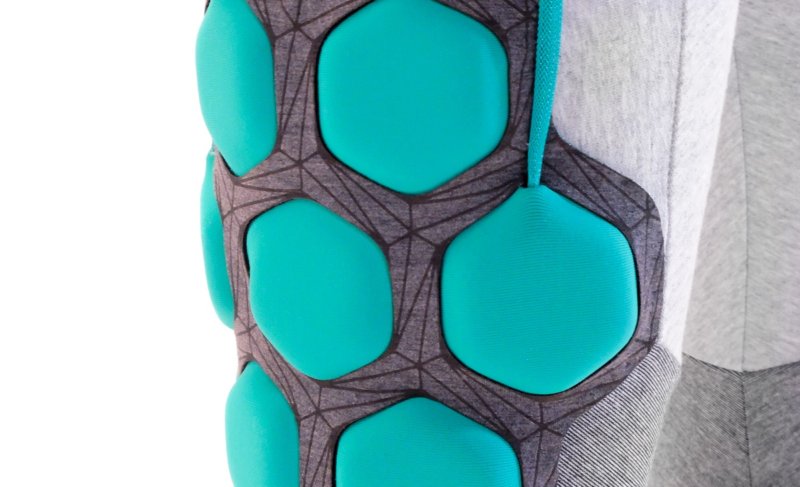
(source: venturebeat.com)
Don’t Google squishy tech. I made it up. In time, if we want to push wearable tech further into the mainstream, it’s gonna have to get more squishy.
I don’t mean everything has to be gelatinous, but the cold metal and black plastic thing has it’s imitations, especially as the tech gets closer to our skin.
The Aura smart clothing design employs squishy hexagonal attachments, which function as external musculature. Their function is to assist you, but when you press your body into a chair, for example, it won’t feel like you’re leaning on an erector set.
I can’t claim actual hands on, but they move like those gel seat covers for bikes. When needed, the hexagonal pads tighten like a muscle, giving the user the boost he needs to stand, sit or lift something.
Like your own muscles, which are squishy when relaxed, there is nothing squishy about them when they’re activated. That said, if I had to pick between clobbering my head on a flexed muscle versus a piece of aluminum tubing or fiberglass, I’d pick the muscle every time.
Help For Those Who Need It
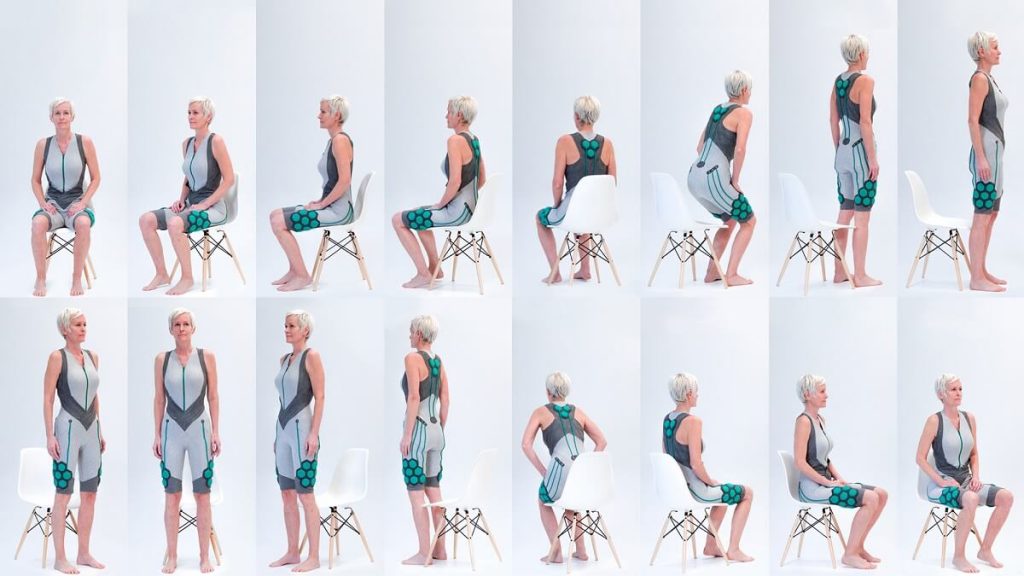
(source: venturebeat.com)
For aging adults, their primary goals center on the same thing we all want: freedom.
Robots with artificial intelligence are cool, but we don’t want tech to do everything for us. We want tech to help us feel as autonomous. Aura smart clothes do that. They’ll even help young adults who need a little help.
The little hexagons do all that for under three pounds of additional weight. This means independence-seeking folks can still ambulate without adding much weight to their already strained loads. Along those same lines, even the prototype fits tight enough to go under clothing.
The Future
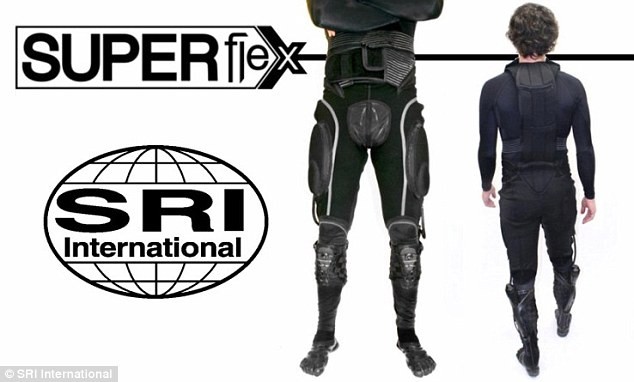
(Warrior Web suit | source: unexplained.co)
SRI is no Johnnie-come-lately. They worked with DARPA on the Warrior Web program, a military-grade exoskeleton project, which is where they drew their inspiration to create something different.
We see many wearables come through the Body Hacks pages with promising ideas, not all from overseas bands of nerds. The Skully Helmet, albeit from a startup, was brilliant. Pebble’s Core was a cool idea. It was even from a company with wearables chops, but the idea did not make it to store shelves.
Flashy names like DARPA and SRI put street cred behind this idea, but SRI projects they’ll have a working product in two years. A lot can happen in 24 months.
Regardless, this idea is good enough for someone to steal, better than the current options. We think it’s only a matter of time before more wearable technology goes squishy.
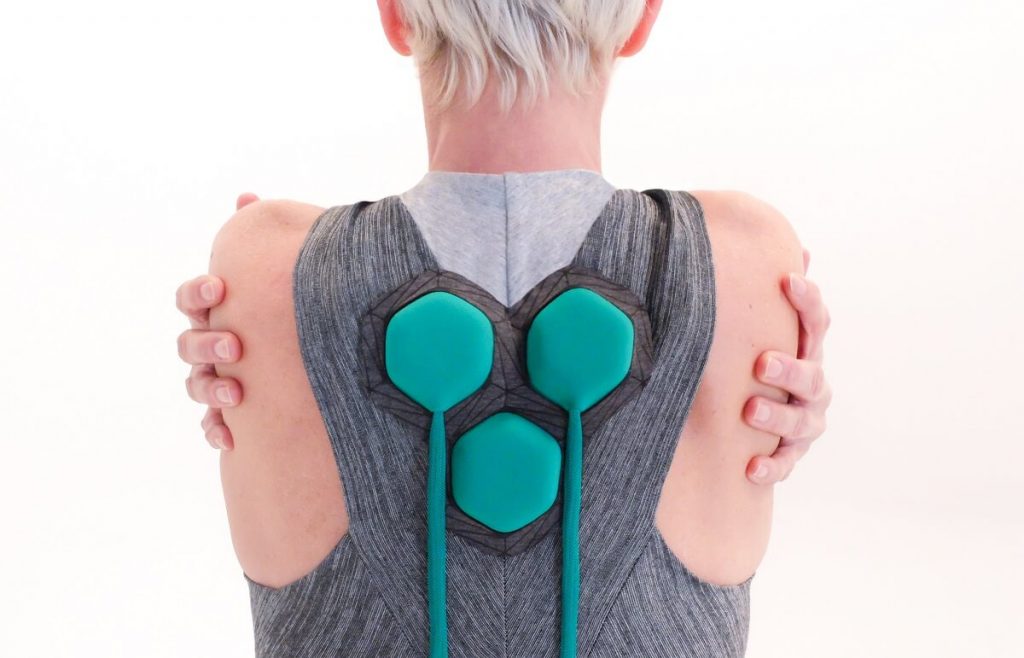
(source: venturebeat.com)
From a guy who has spent his entire adult like trying to stay strong by lifting weights every day, I relate to this product. Despite my efforts, a day will come when all the lifting in the world won’t bring back my strength.
Heck, I’ve already seen decreases in my 40’s. It’s easy to do the math.
For me and for all of us who deserve independence, ideas like this will change the way we age.
You can learn more about Aura on SRI’s site or by reading this PDF.